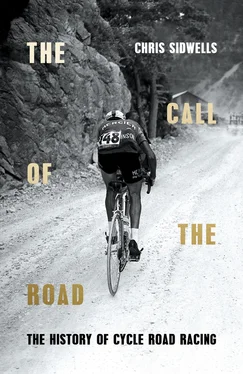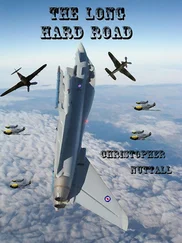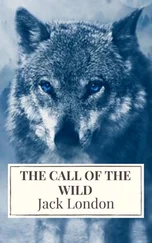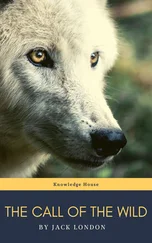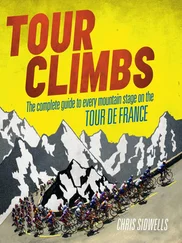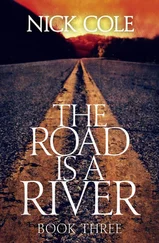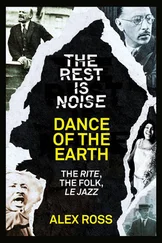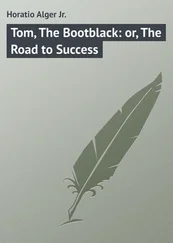The Caravane takes forty-five minutes to pass. Some vehicles stop to better distribute their branded plastic tat, while those in others just chuck it in the direction of spectators as they drive by. Woe betide you if you try to race a French granny for a free Esso keyring. She will trample you down and her grand-kids will dance on your spine.
Once the Caravane has gone there’s another lull, an even shorter one punctuated by waves of motorbikes and cars, all part of the Tour, all speeding to where they are needed next. To marshal the race, maybe, or man one of the feed stations. They pass like squally showers, with an increasing number of French police connected to the race mixed in. Team vehicles too. Each passing batch is greeted with enthusiasm. Is this the race? Are the riders coming now? No. You can’t mistake it when they do.
First there’s a Mexican wave of noise. It’s been noisy so far but the noise has been random, without any order to it. This noise has order, and depth, and it grows louder and louder. On flat stages the noise travels from village to village towards you, drowning the throbbing of the helicopters above the race at first, but then they get too near to be drowned out. There are always at least two helicopters above the riders, swapping with others, leapfrogging to provide total stage cover for TV directors to switch to. Nothing is better than a view from above to show what’s happening in a road race.
You feel as well as hear the race long before you see it, but that feeling is magnified in the mountains. Go high and you might be standing directly above the race as it approaches. It ascends to you, passing thousands of spectators lining the route below you. The sound of their cheers and cries is trapped by the surrounding rocks and bounces off them, reverberating upwards. Alpe d’Huez, for example, is a natural theatre. The climb is named after a ski village at its summit, and it starts directly below the finish in Bourg d’Oisans. The road between the two places goes up in tier after tier, twenty-two hairpin bends and twelve straights, one piled on top of the other.
Standing, waiting for the race near the summit of Alpe d’Huez or Mont Ventoux, as I have done, the sound rises up to meet you, to engulf you. The helicopters fly slowly upwards, their blades beating the air, sending pulses of sound pushed by thousands of shouting, screaming voices, rolling upwards like thunder, charging the air so it prickles with anticipation.
The riders get nearer and nearer, clawing their way upwards like a giant bellowing beast. Nearer and nearer, our anticipation growing. Cars, motorbikes, police whistles, revving engines, shouting and screaming. A solid wave of sound crashing up a rocky wall, rolling onwards and upwards. The anticipation grows stronger and louder, until …
They’re here, the first riders, though you can’t see them yet because people further down the road have rushed out to see them before you do. The early breakaway has been caught, and now the best in the race are fighting it out for the stage. They include most of the overall contenders.
Anticipation turns into hysteria now, and formerly responsible people with good jobs and old enough to know better go glassy-eyed. They jump up and down, shouting themselves stupid. Kids grab their parents’ hands for reassurance. What’s happening? Now you can taste the Tour, it’s an actual physical thing, like a summer storm and the relief of rain.
People crowd the riders, some run alongside, roaring incoherently at them. They ignore everything that isn’t a clear threat, but fans who get too close risk a slap from their hero, and possible rough treatment from the rest of the crowd.
The stage leaders’ faces are masks of concentration. Only total commitment and solid self-belief keeps them where they are. Let go now, and it’s over. There’s a belief in pro road racing that everybody at the pointy end of a mountain stage in a Grand Tour is three minutes from letting go. That’s how they get through, they hold on for these three minutes, then the next three, and the next, and the three after that, until they cross the finish line or they cross their physiological and/or mental thresholds.
Then, one by one, riders let go. That’s what they call it. They say, ‘I had to let go’ or ‘I blew’ – another cycling word. The stage is over for them now, and all they can hope for is to limit their time losses.
Sometimes they lose ground slowly, agonisingly. They drop to the back of a group then fight forwards, drop back, then forwards again, then back until this time there’s a gap to the back of the group, and it grows bigger. Limitations accepted, they join the group behind, promising to challenge later. It’s not all over, they think. They will come back, they think. They seldom do, not at this stage. Others fail in a worse way. They go into the red, a zone of effort the body can’t maintain. It goes into oxygen debt, a debt that can only be repaid by slowing down. And if they stay too long in the red, and some can because toughness is high up on a pro road racer’s job description, they slow down rapidly and irretrievably.
All the above has played out on this final climb. We are three kilometres from the summit now. The front group of five looks good. Behind them more flog past where I stand, some don’t look so good, but others have found something; they are chasing, eyes full of hope and fixed ahead. Ones, twos, little groups and bigger groups, pass until the last big one, known as the auto-bus.
That’s where the sprinters live on mountain stages, helping each other get through and beat the time limit. It’s not easy, because their physiques, so powerful and so fast on the flat, work against them here, but they push on, trying as hard as the climbers at the front but with less encouragement.
The wave of emotion rolling up the mountain peaks with the passing of the first riders, then slowly ebbs away as the others pass. The sprinters get respect, they certainly deserve it, polite applause and encouraging words mostly. There’s occasional abuse too, but even the front riders can get that. It comes from people who should know better, and some do, but alcohol has turned off their inhibitions. Considering the millions of people they pass, the riders don’t get abused so much.
Up front the battle is on, war is being waged. Two kilometres to go now, and four riders are chasing one who has launched a decisive attack. Attacks must be 100 per cent, especially at this point in a stage. The best road racers in the world are fighting for the biggest road racing prize. Attacks in this company at this point must stick. If they fail, the rest will blow right by and the attacker will lose time, and probably any chance of winning the Tour de France this year.
But this attack looks good. This rider is on top of his game, at full stretch but totally in control, making a superhuman effort he can keep all the way to the finish line. His legs are on fire, but his will to win overrides them. Total concentration, his pain-face some call it, not strained, just set: a steely glare ahead. One kilometre to go, keep it going, this is good; this will work.
Push, push. At this point a rider might feel everything around him starting to fade. His peripheral vision is slowly fading, even the colours he sees become muted. His muscles are demanding so much oxygen that his body sends everything to them. His eyes can wait; his legs, lungs and heart can’t. They must have oxygen now.
But there it is: the last corner, the final straight, the finish line. The noise is just as loud now as it was lower down, but crowds are corralled behind barriers for the final kilometres. Safety and space, the riders need both. He will win. The others aren’t far behind, but they aren’t closing, and they have started watching each other. They have lost time to one man, but can’t afford to lose to another.
Читать дальше
